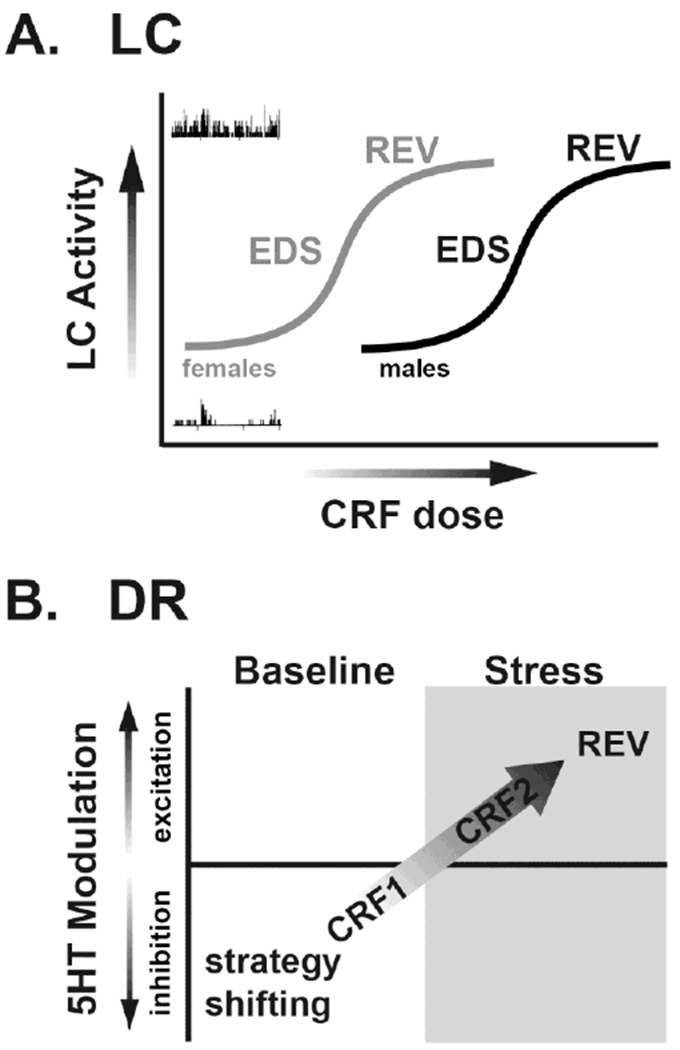Figure 1. CRF acts on the LC-NE and DR-5-HT systems to modulate cognitive flexibility.

A. In unstressed male rats, low doses of intra-LC CRF that produce moderate increases in LC activity improve EDS performance in an attentional set shifting task. Higher concentrations that produce a maximal increase LC activity have no effect on EDS but improve reversal learning (REV). Although this has not been tested in females, evidence for a shift to the left in the CRF dose-response curve for LC activation in females (gray) compared to males (black) suggests that the dose-response for intra-LC CRF effects on cognitive function would be shifted in a similar manner. B. In unstressed male rats, low doses of CRF infused into the DR inhibit 5-HT neuronal activity via actions at CRF1 receptors while CRF2-selective agonists have no effects. This is associated with improved performance in an operant strategy shifting task. Following stress exposure, CRF2 receptors are recruited to the plasma membrane in the DR and CRF elicits excitatory effects on 5-HT neuronal activity in animals that exhibit a proactive coping strategy. These actions are associated with enhancement of REV.
